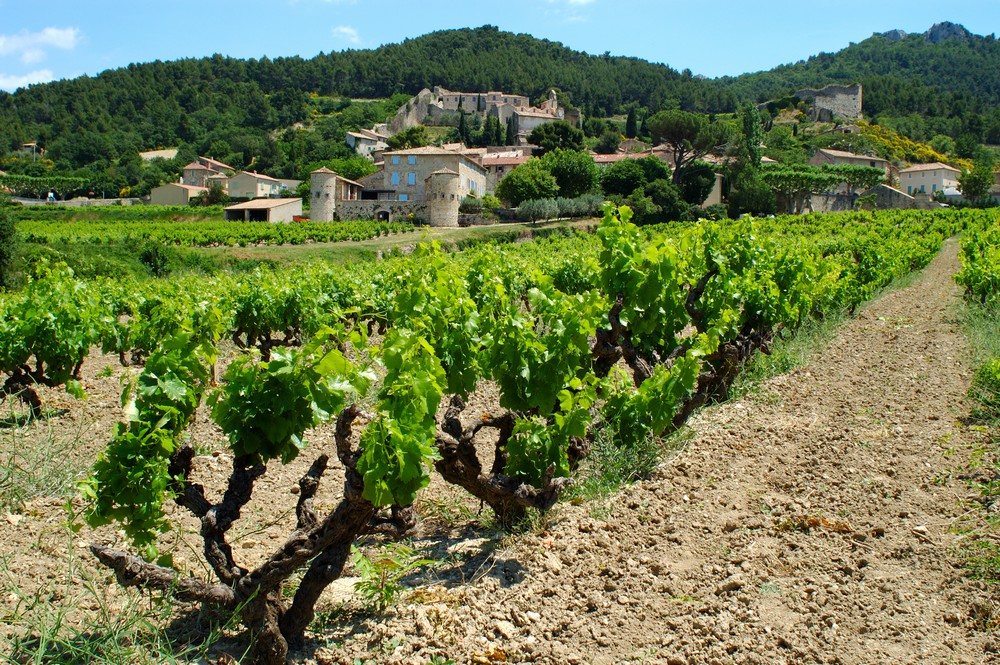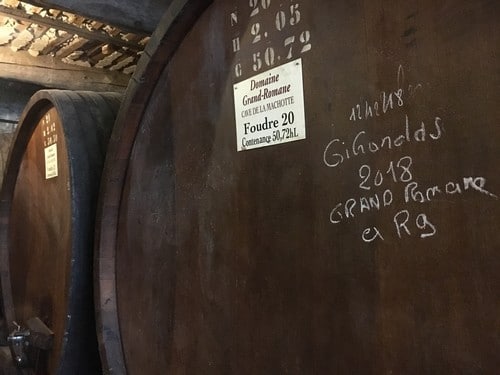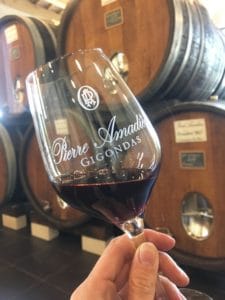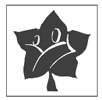2018 is a beautiful vintage which nevertheless suffered from an incredibly rainy spring, resulting in an impressive attack of mildew. This was less of a problem for the Gigondas vineyard as it benefits from better air circulation and cooler temperatures.
Matt Wall of Decanter magazine writes, “Gigondas is the stand-out appellation of 2018.”
Fortunately, the rest of the season will be more classic with little rain and summer temperatures, even hot at the end of July. And the Indian summer that followed with a dry and hot September allowed to reach beautiful phenolic maturities.


During the first tastings, the 2018 wines were a little behind, which still needed the structure provided by the post-fermentation macerations.
The ageing also gave them a nice texture, but they are wines that remain tasty and accessible. Indeed, they are very fruity, with raspberry and grenadine, but also very spicy, notably with peppery notes.
Thanks to the beautiful maturities, we find melted tannins while keeping a dense and fleshy structure, as well as concentration.
Jeb Dunnuck sums up the wines of the vintage in this way: “the vintage’s large amount of moisture in the spring mixed with plenty of summer heat and good conditions at harvest resulted in ripe, fleshy, elegant wines. However, the cooler nighttime temperatures in September have given the wines a vibrancy and perceived freshness as well as beautiful purity of fruit that makes them incredibly drinkable.”

They are therefore supple and gourmet wines, easier to appreciate in their youth than the 2017 or 2015 vintages for example. Rather considered as wines for medium ageing, our Gigondas Romane Machotte 2018 will be at its peak within 5 to 10 years.
Joe Czerwinski of the Wine Advocate states in his article on 2018 “The vignerons who were able to preserve their crops were rewarded with largely plush, sumptuous wines, many of which are delicious already.”
The Gigondas Romane Machotte red and Domaine Grand Romane patiently finish their ageing, respectively 12 and 16 months in wood, before bottling at the end of April; while the Pas de l’Aigle will wait in large tuns until December.
Some of our vintages are already available in this vintage, and we invite you to discover them!









